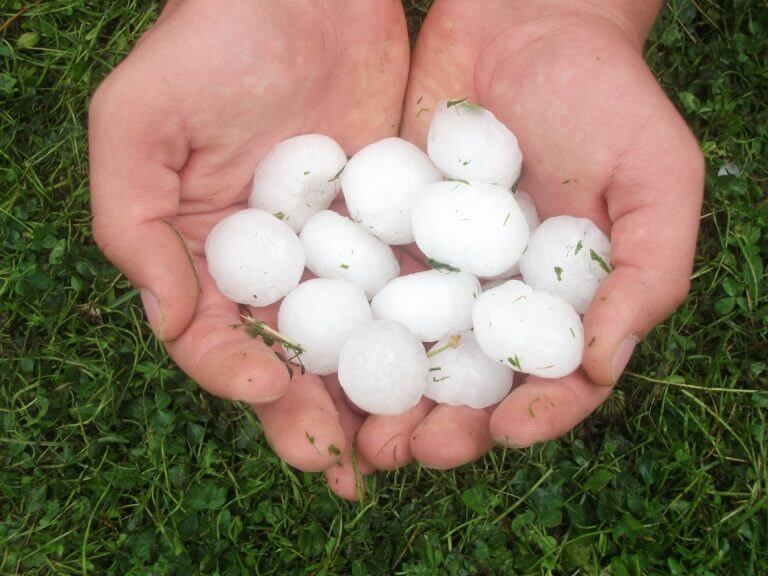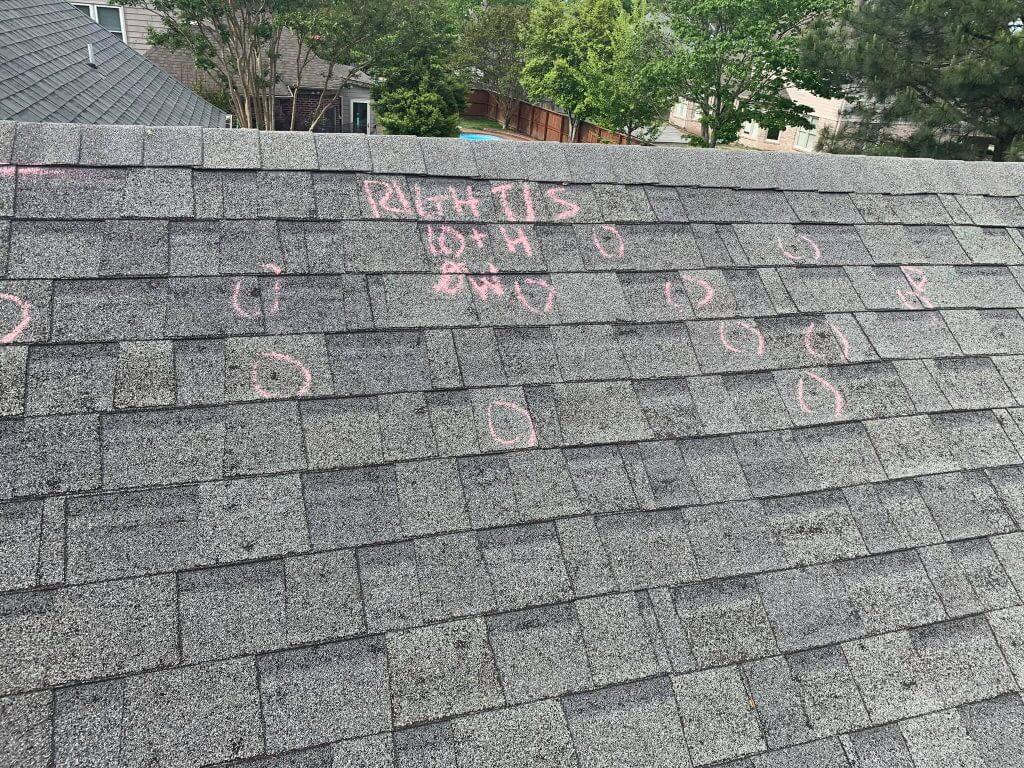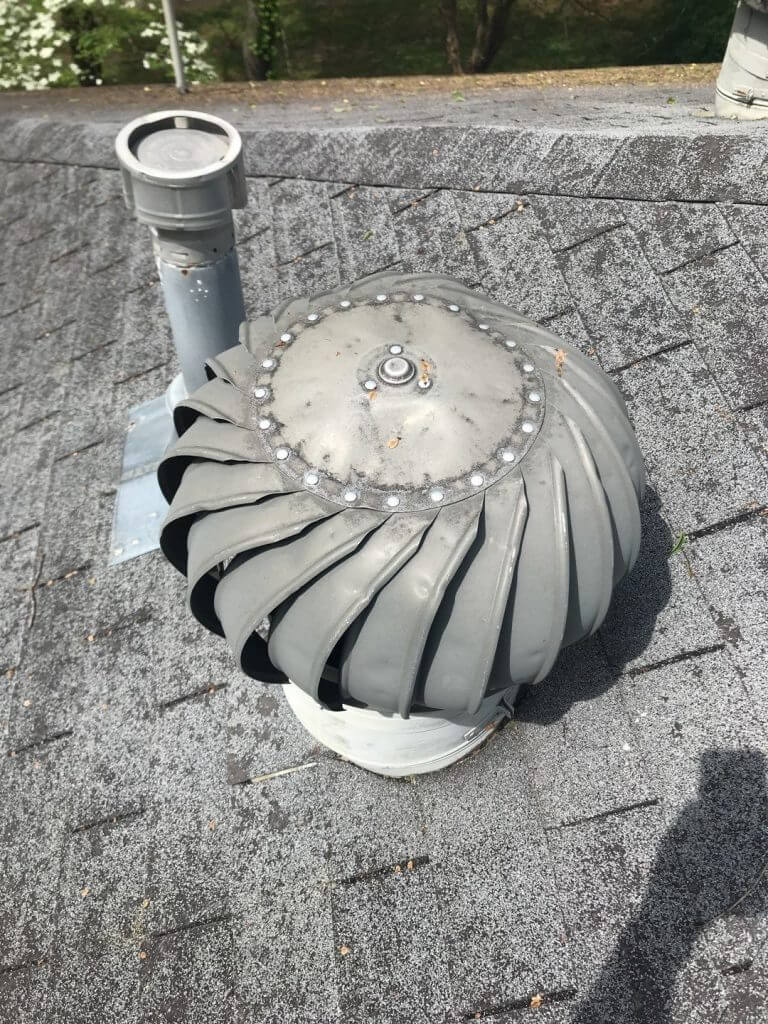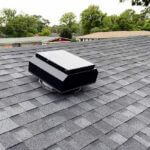
How to Handle Roof Damage Caused by Hail
Did yesterday’s hailstorm damage have you saying, “What the hail!?” Homes across Memphis and the Mid-South region experienced the rare occurrence of a hailstorm with hail the size of quarters or even golf balls dropping from the sky.
In the roofing world hail means a lot of potential damage to your roof. Even if you don’t have obvious dents showing, you likely still need a hail damage roof inspection to find out how much damage you’re dealing with and how to proceed with any possible roof repairs.
Since it’s such a rare occurrence, we put together signs to look for when evaluating damage and the reasons why it is such a hazard to your roof’s shingles.
What Does Hail Do to a Roof?
The extent of damage from a hailstorm can differ depending on hail size, wind speed, age of the roof and a number of other factors. Hail damage is most detrimental when it leads to roof leaks into your roof system or home.
To help you understand the possible roof issues with hail damage, here are some specific types of damage:
Granule Loss: Granules are the rough coatings on top of your shingles. When a shingle begins to lose it’s granules, it is then exposed to the elements resulting in a shortened lifespan. Granule loss may be noticeable from the ground, but a great indication is if you look in your gutters and see they are filled with granules.
Cracks in Shingles: High winds combined with hard hail impacts can cause cracks in your shingles, leading to exposure and creating points of entry for potential leaks. Shingles that have become cracked will leave your roof and home exposed to future damage during storms.
Exposed Fiberglass: Notice a shine on your roof? That’s the exposed fiberglass of your shingles and hail impact on a roof can damage the shingles’ surfacing, creating a weakened spot on your shingles.
Weakened Seal Strip: The high winds that accompany hailstorms can create wind creases or even blow shingles off your home. Once a shingle is damaged to this extent, its structural integrity has been compromised and it will lead to leaks into your home.
Damaged Metal: It’s not just your shingles that will incur damage. Any metal roof components such as roof vents or gutters will also be exposed to hail damage.

How Do You Know if Your Roof Has Hail Damage?
Some signs of hail or storm damage will be very obvious in cases where shingles are missing, or tree branches are down. However, minor damage may go unnoticed and be difficult to spot with an untrained eye.
A good place to start in looking for hail damage is your gutters. If you notice dents to your gutters or if they are filled up with shingles granules, then there’s a good chance your roof has hail damage as well.
Depending on the size of the hail, you might be able to see dark spots on your roof from the ground. Those dark circles are the impact spots where hail hit and removed the granules from your shingles.
Small or large, hail can cause unseen damage to your roof, so that’s why we recommend contacting a roofing professional to inspect your roof after a hailstorm.

Is Hail Damage Covered by Insurance?
Typically, a homeowner’s insurance policy will include coverage from roof damage caused by hail. If you suspect your roof has been damaged by hail or wind, it’s best to immediately contact a roofer to inspect. They will be able to determine the extent of damage and write up a report for you to take to your insurance.
Our Memphis Roofing Contractors Can Help
The experienced roofing professionals at Restoration Roofing are experts at understanding how hail impacts your roof and dealing with your insurance to help get the damage covered. If you are concerned about roof damage caused by hail, contact us at 901-854-3402 or click here to set up a free inspection. We offer free inspections that are easy and completed quickly. Make sure to follow us on Facebook and Instagram for more tips on taking care of your roof.





